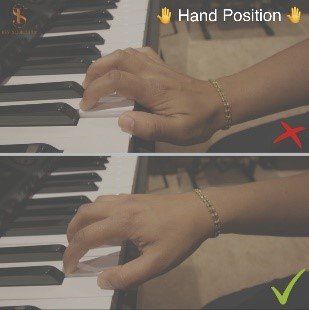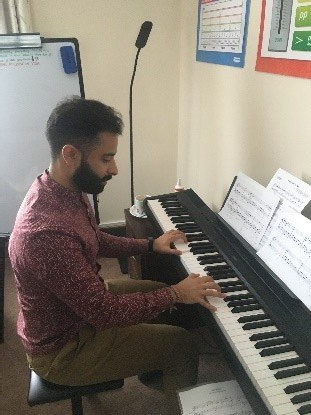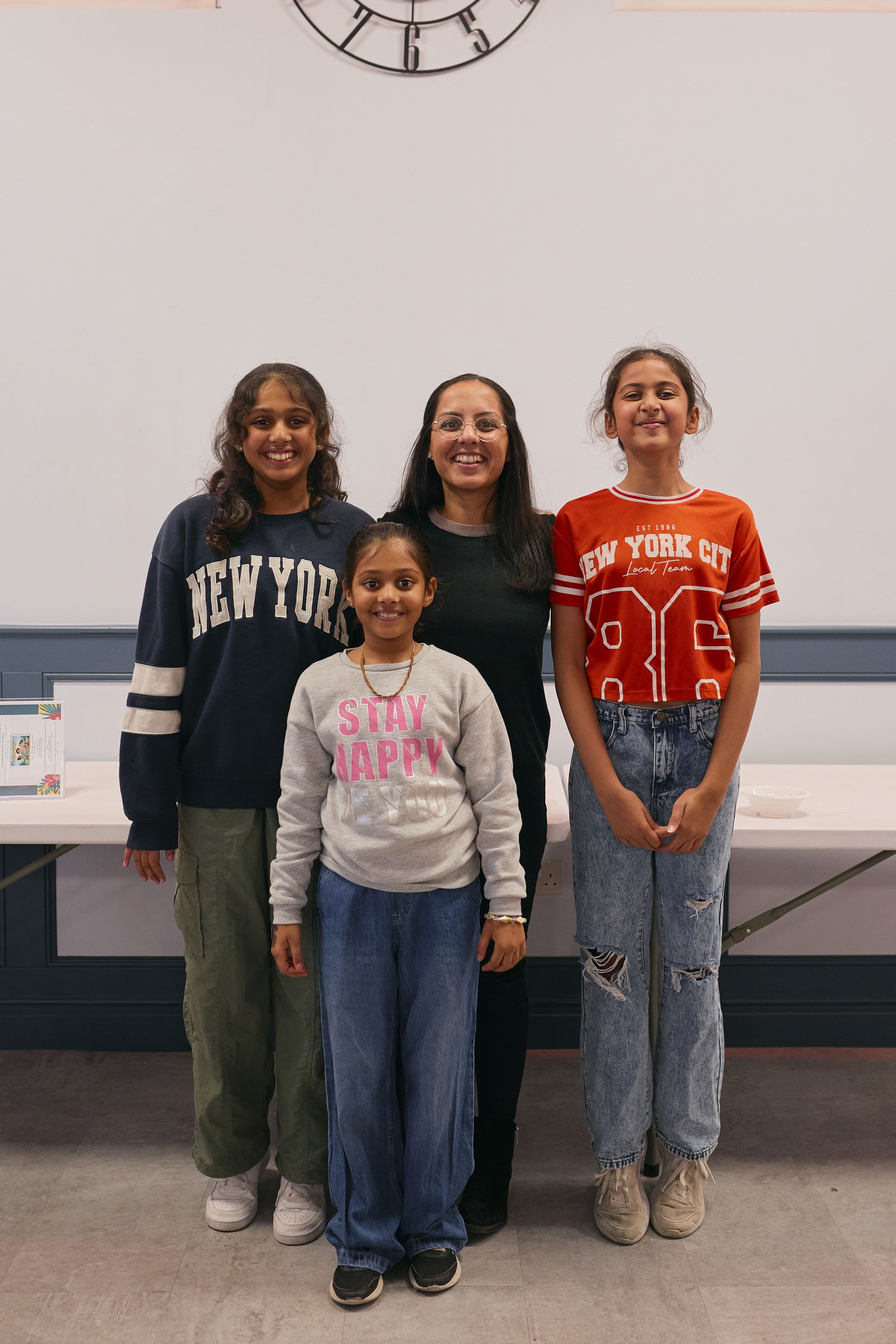Popular Finger Patterns for Piano Players
How do we know which finger patterns to use when playing the piano?
Since there are various patterns for different areas, we recommend taking this one step at a time. Remember that you don’t need to learn ALL of the patterns right away. It’s completely normal for these to take time. In this blog post we’ll be sharing the different steps you follow to work out the finger patterns in music.
Each finger is labelled from 1 – 5 on both the right-hand and the left-hand. As seen in the image below, both thumbs are finger 1 and numbers 2 – 5 then follow in order.

For beginners, we encourage students to play on Middle C and show them the C Major scale for one octave. We recommend starting off with basic scales with no black or white keys as they can then focus on the basic letter names and finger pattern which will then become apart of their muscle memory which can support them as they increase the difficulty of the scales and pieces.
1) Natural Hand Position
The natural hand position is when we put our thumb on Middle C, 2 on D, 3 on E, 4 on F and 5 on G in our right-hand. For our left-hand we would put our thumb on Middle C, 2 on B, 3 on A, 4 on G and 5 on F.
In this hand position if both hands are playing, our thumbs are turned onto their side and share the Middle C note. To create this shape with ease, try to imagine placing your hand on your knee or holding an apple, with a loose grip.

2) Posture
Often, we see beginners thinking of hand position and posture as two separate elements when it comes to sitting at the piano, when in fact they do have an impact on one another.
The image below shows the correct posture. In this image the student is sitting in the middle of the keyboard, with relaxed shoulders to avoid our arms tightening and restricting our movement. Th student is also sitting at an appropriate distance which creates close enough to a 90-degree angle at the arm to avoid tension and to reach the centre of the keyboard with ease. When we are moving across the keyboard, we would lean our body across in this same position rather than moving our stool.

3) Scales
For most scales which are one octave, when we are ascending, which means moving from LEFT to RIGHT on the keyboard we will use the following finger pattern for your right-hand it will be 123 then we tuck our thumb under our 3rd finger to then play followed by 12345. For our left-hand it will be the opposite which is: 54321 then our 3rd finger crosses over our thumb and we play 321.
Similarly, when we play two octaves, we will use the finger pattern for our right-hand which is 123 we then tuck our thumb under and play 1234, we then tuck our thumb under and play 123 and finally we tuck our thumb under to play 12345.
When we are descending, which means we are moving from RIGHT to LEFT on the keyboard, we complete the patterns in reverse order.
4) More complex finger patterns
Once you’ve come to grips with the more basic scales you can move onto the more complex scales. The more complex scales involve playing a different finger pattern as they use more black keys.
5) Chord patterns
Whilst there is a variation of chord patterns the most common finger positions in the right-hand for a 3-note chord in root position is 1, 3 and 5 or 1, 2 5. Whereas for the left-hand also in root position the finger position would be 5, 3 1 or 5, 2 1. These patterns tend to vary based on how often you will play the black keys, hand flexibility and shape.
6) How to take the first step once you’ve learnt scales and chords
Once you’ve mastered steps 1 – 6. There are basic sight-reading books where you try these patterns out for yourself!
We highly recommend checking your hand position, finger position and posture with a qualified piano teacher or mentor to see if they think these are the ideal patterns for you to use.
Remember that when you are trying out these hacks to look at them little and often but also be patient with yourself. If you wish to know more about these hacks and resources, feel free to take a look around our website or connect with us directly!



